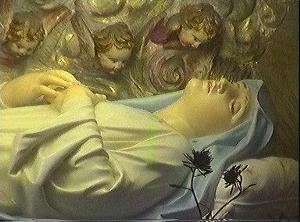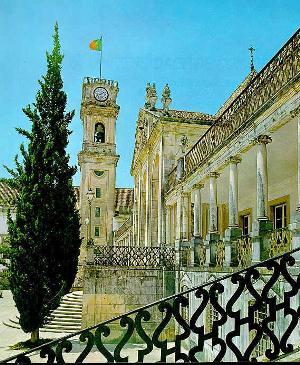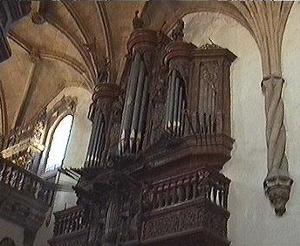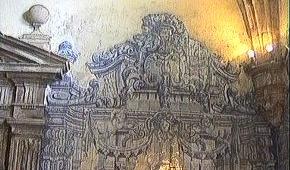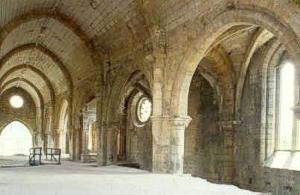|
Tourism |
| Portugal > Tourism > Centre > Accommodation > Coimbra | |
Municipality
I Coimbra City I Accommodation |
|
This city holds a special place in the hearts of all the Portuguese. Rich in its history and said to be the oldest seat of learning in Portugal with a University founded on the 13th of August in 1290 by King Dinis. This makes it one of the oldest in the world. Six of Portugal’s Kings were born here and in 1139 until 1256 it was the chosen capital of the country. The original name in the Roman period was Aeminium, and it later developed under the influence of the greater nearby town of Conimbriga. This latter place is now a large archaeological site of great interest with a museum to display the findings from the diggings. At first sight the town appears more devoted to commerce than learning but the skyline above the lower part of the city suggest its real purpose. |
|
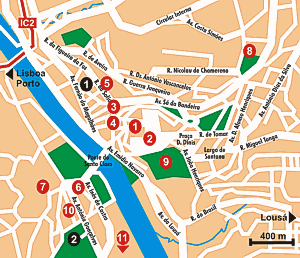 |
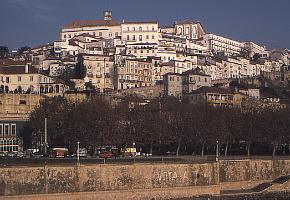 |
|
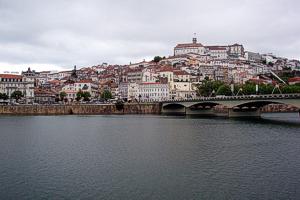 |
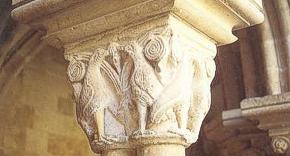 |
The New Cathedral shows the artistic conceptions of the Counter-Reform of which the Jesuits were one of the main promoters. The project is due to Baltazar Álvares, an Order architect who started the construction in 1598. The main façade impresses by its greatness, and follows the Jesuitical typology with a tripartite entrance and an ambitious organisation of the upper motifs, ending in an irregular triangular pitched roof, creating a scenographic effect. |
| From the distant past the students still indicate the faculty they belong to by the color of a ribbon they attach to their gowns. Every year in May when the academic year ends they ceremonially burn these ribbons and duly celebrate. This event is named "Queima das Fitas". The students also reflect their optimistic attitude to life and culture by singing a lighter and happier version of their traditional national songs and these are generally referred to as "Fados da Coimbra" |
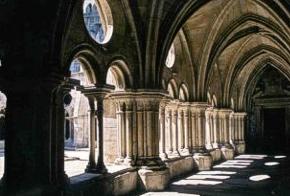 |
took his place and became responsible for the conclusion of the church and the beginning of the cloisters' works around 1326-27. The church was consecrated in 1330 and the great floods of the Mondego River occurred one year later. Works, however, didn't stop and, in 1333, the hospice was finished. During the centuries that followed the constant floods of the Mondego aggravated the progressive silting-up of the building and, in the early-16th century, the situation became unbearable. 1617 saw the inevitable abandon and the consequent transference of the community to Santa Clara-a-Nova. |
|
|
|
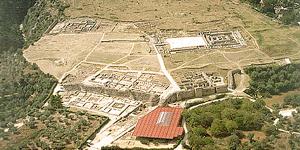 |
| ACCOMODATION |
|
|
|
 |
|
|
|
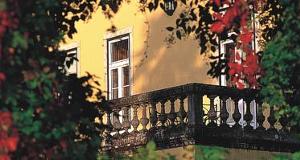 |
| Portugal > Tourism > Centre > Accommodation > Coimbra | |
|
Coimbra |
